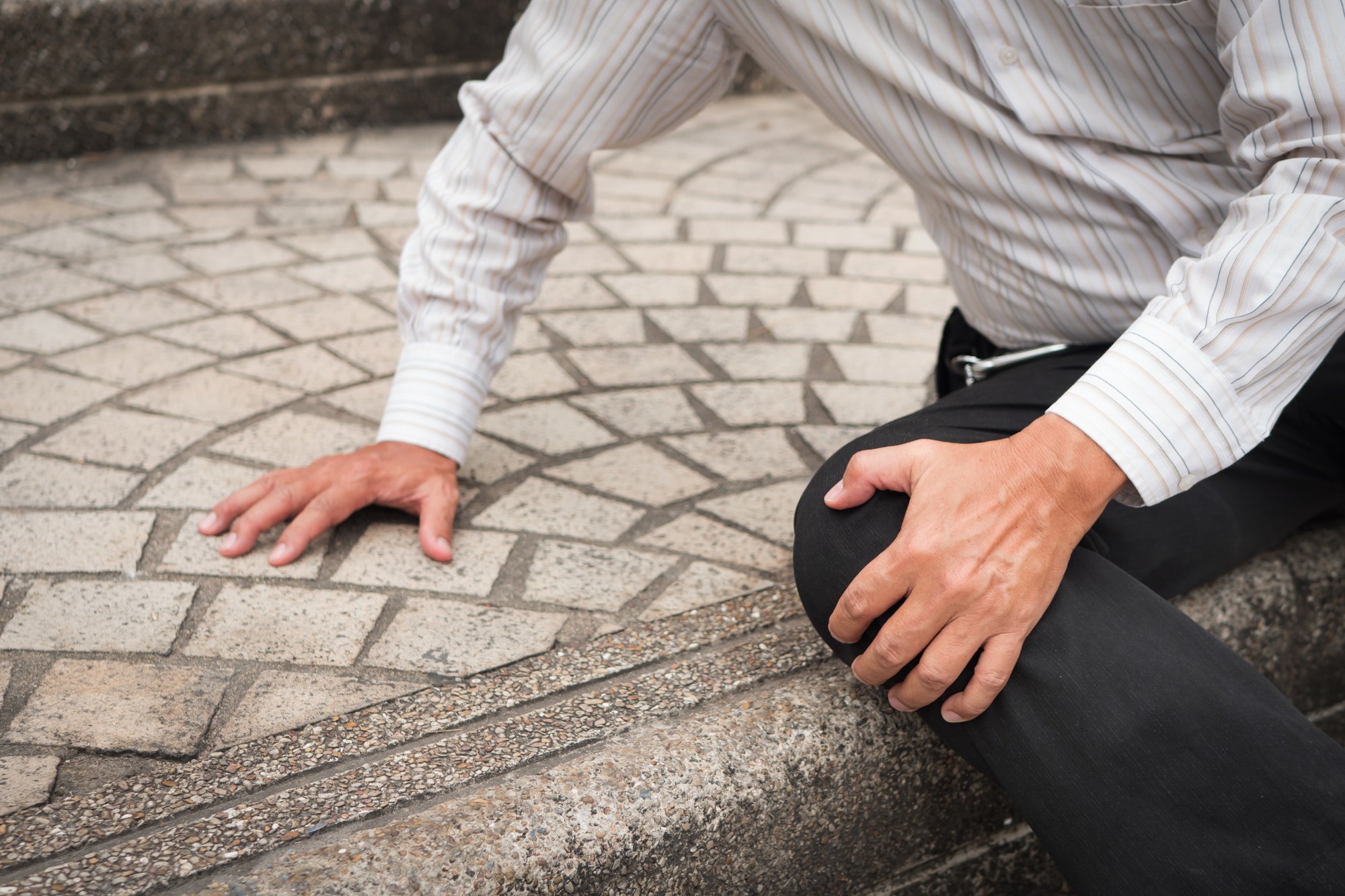
Every year, over one million people go to the hospital due to slip and fall accidents. Slipping and falling is a common occurrence no matter where you are. The key is, what happens after the incident?
Below we’ll review what to do after a slip and fall accident. We’ll also look at how to keep yourself from being liable for the incident.
First, get medical attention, see an experienced workers’ comp doctor so that you can obtain documentation about the injury.
Second, if it’s a work-related accident, report the incident within 30 days, make sure your employer logs a written report.
For slip and fall accidents, you have up to 3 years after the incident to file a lawsuit claim if needed.
Third, document everything you remember, take photos, and talk to witnesses. The more information you have, the easier it’ll be to make a claim.
Fourth, talk to an experienced attorney. Don’t talk too much about the incident until you have one.
Finally, don’t post on social media. You want to ensure you don’t say something that could get your claim thrown out the window.
To get coverage, you need to prove your company is at fault.
There are two ways you can find fault:
It needs to be determined if enough time has lapsed that the issue should have been taken care of already.
The next step is to prove you’re not the one at fault. Here are a few reasons you may be found to be negligent:
The payout can differ based on the severity of the injury and how much at fault the company is.
The payout is based on how the incident impacts your day-to-day life and your ability to work. It’ll factor in your future medical costs and wages.
Moreover, worker’s compensation will play a significant role in how much you’ll receive — review New York State’s Workers’ Compensation Board for full details or check our Workers’ Compensation Made Simple Guide.
Slip and fall accidents happen frequently. It would be great if you could always avoid them, but that isn’t always the case. If it does happen, you’ll benefit greatly if you’re prepared.
Review our blog to learn how to prevent injuries if you have a desk job.
If you had a slip-and-fall accident and need help finding an experienced injury doctor, call 1-800-897-8440 today.
Find A Doctor | New York Doctors | New Jersey Doctors | Connecticut Doctors
Medical Services | Conditions Treated | Insurance | Contact Us | Privacy Policy | Site Map | Terms of Service | Blog | Advertising
This site does not provide or endorse any medical or legal advice. All medical practices listed on this site are independently owned and operated by licensed physicians. Learn more
Copyright © var currentYear = new Date().getFullYear();document.write(currentYear); Injured Call Today. All Rights Reserved.
